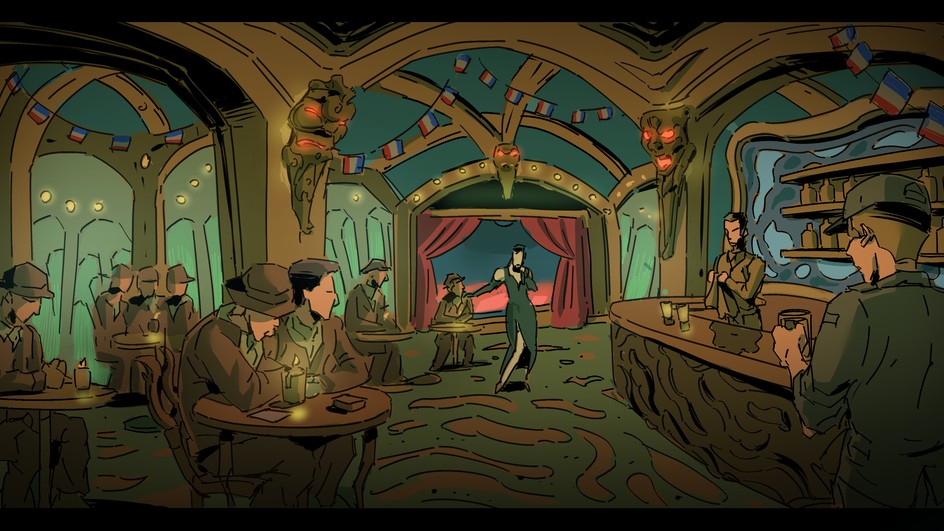
Visiting artist professor
2024 - 2025
Ali Cherri
Born in 1976 in Beyrouth (Lebanon)
Ali Cherri (b. Beirut) is a Paris-based artist with three decades of artistic practice spanning across film, performance, drawing, and installations, exploring different geographies of violence in his native Lebanon but also in the broader region, interrogating the ways in which political violence disseminates into people's bodies and the physical and cultural landscape. Shaped by the vibrant artistic scene of postwar Beirut in the 1990s, Cherri began to investigate the sensorial coproduction of reality between images of conflict, the urban fabric, and his own body.
Through the moving image and the accidented journeys of cultural artifacts, the artist discovered in the visual analysis of the political construction of history, the underlying intimate relationship between narratives of cultural value, the configuration of the past and violence itself. In a series of interventions on archaeological collections, Cherri sets out to confront the traditional signifiers of value in the museum by reintroducing fragments and artifacts that had been otherwise discarded in the form of hybrid creatures that embody the history of archaeology as a tale of colonial violence.
*His film tetralogy, *The Disquiet *(2013), *The Digger *(2015), *The Dam *(2022), and *The Watchman (2023), the subject of accolades and presentations in institutions as well as film festivals, is an extended meditation on political landscapes, from Lebanon to Cyprus and Sudan, imprinted with the traces of past events.
Cherri's The Watchman is not a documentary about the conflict but rather, a many-layered visual essay --- dialogues are sparse --- on the condition of the border itself and the figure of the guard; this male subject, militarily constructed, perpetually waiting, waiting for an enemy, often imaginary, that might or might not arrive. As a part of Cherri's solo exhibition Dreamless Night at GAMeC, in Bergamo and at Frac Bretagne, curated by Alessandro Rabottini and Leonardo Bigazzi, the film is set in the village of Louroujina, known as Akıncılar
in Turkish, located within a salient that marks the southernmost pocket of occupied Northern Cyprus, separated from the Greek Cypriot village of Lympia, only by the UN Buffer Zone, casting light on the difficulties of erecting a physical border where none existed, amongst heterogeneous populations.
Cherri is the recipient of the Silver Lion Award at the 59th Venice Biennale. In Venice, the video installation Of Men and Gods and Mud (2022) brings together our current predicament at the intersection of ecological disaster and the search for new grand narratives. Mud, the primeval matter of our creation stories, both resilient and fragile, signals a new sculptural direction for the artist. In his most recent institutional exhibitions, Humble and quiet and soothing as mud (2023) at Swiss Institute and Dreamless Night (2023), Cherri brings mud to life with monumental eagles, soldiers or the transtemporal history of mankind, blurring chronologies and alerting us to the latent dangers of civilization as an inherently destructive process. The telluric movements of history in Cherri's work draw us towards a cartography of impermanence.
The artist's expanded dialogue between art, archaeology and the fabric of historical time brought him recently in conversation with the work of modernist sculptor and painter Alberto Giacometti, around the representation of the human face in the exhibition Envisagement (2024) at the Institut Giacometti in Paris. The interposition with Giacometti's sculptures and paintings brings to the fore not only Cherri's interest in the body and history, but also on the afterlife of artifacts and museological narratives.
Arie Akkermans

